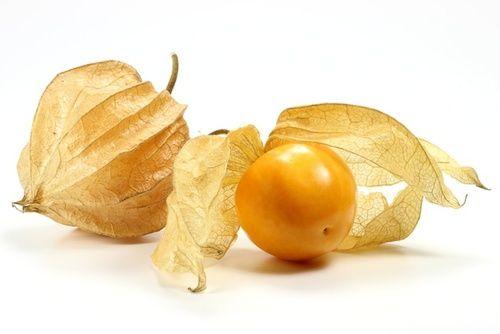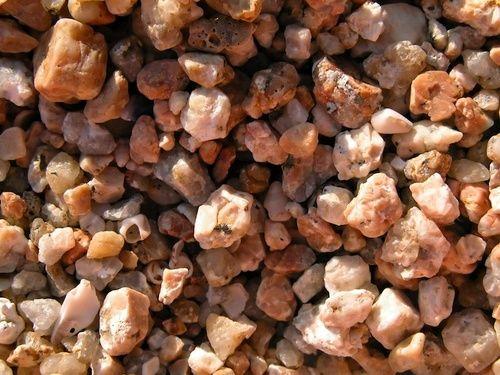L'alchechengi, the fruit of Physalis alkekengi, is rich in vitamin C, useful for protecting the liver, lo stomach and urinary tract. Let's find out better.
> Calories, nutritional values and properties of the alchechengi
> Contraindications
> Curiosities about the alkechengi
> How to eat

Description of the plant
The alchechengi is a solanacea that originated in a vast range that goes from the Caucasus to Japan. Her berries, similar to small, slightly greasy golden tomatoes, they are hidden in the beautiful floral glasses leaves that resemble tissue paper.
It is generally grown precisely for its aesthetic qualities, sold as a "Chinese lantern". Like many other Solanaceae, it is a food rich in vitamins and interesting active ingredients: let's find out which ones.
Alchechengi, ally of
Liver, intentino, stomach, urinary tract and kidneys. Strengthens the immune system.
Calories, nutritional values and properties of the alchechengi
100 g of alchechengi contain 66,25 kcal, and:
- Water 106,75 g
- G carbohydrates 14
- Fats 0,875 g
- 2,375 g protein
Widely used in Unani medicine, especially pulverized, alchechengi is an excellent source of vitamin C (approximately double that found in lemon) and other substances antimicrobial, antibacterial and anti-inflammatory, especially physaline and ethylcaffeate.
It works well as a vitamin replenisher or from antioxidant, especially through citric acid. Also noteworthy is the content of tannins and mucilage, at the origin of the greasiness on the surface and astringent properties.
It is recommended to use it when you want encourage diuretic activity. The golden color indicates a high content of carotenoids. The acids contained in the fruit are able to prevent the formation of kidney stones and help dissolve existing ones.
Alchechengi among the natural remedies against kidney stones: discover the others

Controindicazioni
Like the other Solanaceae it can contain alkaloids able to generate allergic reactions in case of hypersensitivity.
Curiosities about the alkechengi
The nickname "Chinese lantern" has very ancient origins: the name alchechengi derives precisely from a Latinization of the Arabic al-kakang. literally "Chinese lantern".
La physalina it was isolated for the first time by the alchechengi, Physalis alkekengi.
Already in ancient times it was present in Chinese, Arab, Greek, Indian and even Inca medical texts.
How to eat
The alchechengi is eaten fresh like any other fruit but it is also very well known in its own dried form. You can prepare sauces and jams and a delicacy is obtained if covered with chocolate.
The alchechengi is very decorative in fact, just take out by turning the orange berry and keeping the thin peel similar to rice paper that covers the fruit. The resulting shape is very suggestive and can truly be an elegant touch to embellish fruit salads, desserts and sweets.
READ MORE
Alchechengi and dogwood, the forgotten fruits of summer


























